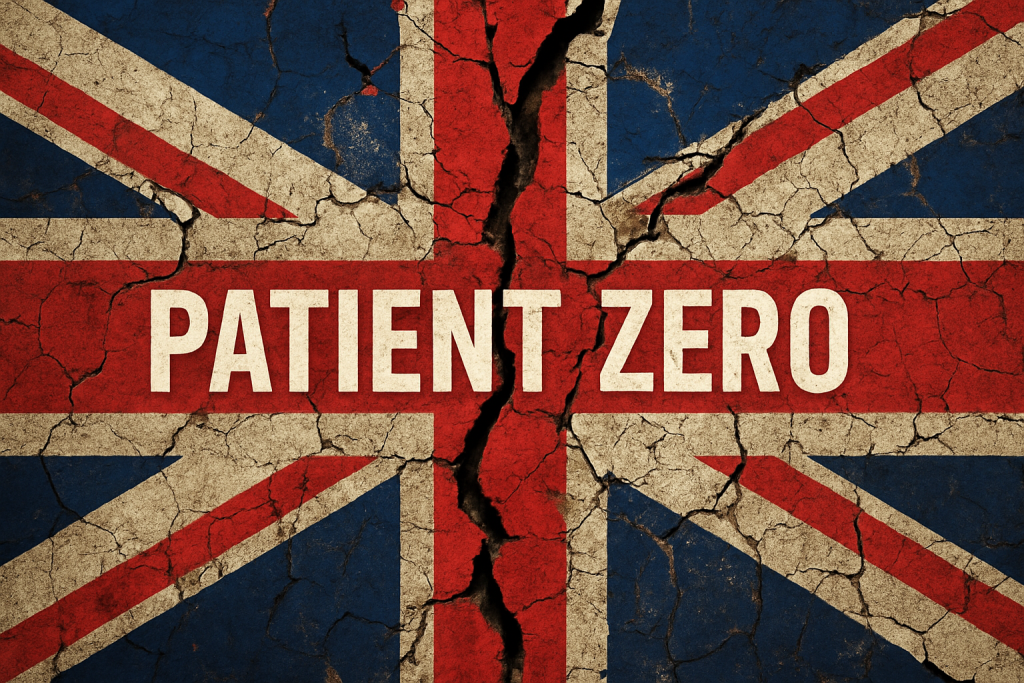In the late 1760s and early 1770s, the government of France was in a deep panic.
They had recently suffered a disastrous and costly defeat in the Seven Years War, and the national budget was a complete mess.
France had spent most of the previous century as the world’s dominant superpower, and the government budget reflected that status.
From public hospitals to shiny monuments and museums, social programs and public works projects, overseas colonies and a huge military, France had created an enormous cost structure for itself.
Eventually the costs of maintaining the empire vastly exceeded their tax revenue.
And by the late 1760s, France hadn’t had a balanced budget in decades.
Debt was ballooning, interest payments were rising, and the government of Louis XV was desperate to do something about it.
There’s a famous story in which the Comptroller-General of Finances summoned all the government ministers to make deep budget cuts.
But no one could come up with anything substantial.
The overseas colonies were too important to cut.
And they couldn’t cut public hospitals… because too many people were now relying on them. Similarly they couldn’t cut veteran pensions either.
At the end of the session they could hardly find anything to cut that would make a meaningful difference.
All of their fancy programs and benefits had become too ingrained in society at that point; and any cut would have proven politically disastrous.
I thought of this story earlier this week when the US government released a sweeping budget proposal that aims to cut the deficit over the next ten years.
In fairness I’m always happy to see any government cutting spending.
But before uncorking the champagne bottles it’s important to understand some basic realities:
The budget slashes $3.6 trillion in spending through 2028 while proposing zero cuts to Defense, Social Security, and Medicare.
And that’s the entire point: just between those three programs, plus paying interest on the debt, the US government already spends MORE than it collects in tax revenue.
In 2016, for example, the government spent $2.87 trillion on Defense, Social Security, and Medicare, plus an additional $433 billion paying interest on the debt.
That totals over $3.3 trillion, which is more than they collected in tax revenue.
In other words, they could cut EVERYTHING ELSE in government: Homeland Security, national parks, funding for the arts, the Department of Energy. Everything.
And there would still be a budget deficit.
This is the most important thing to understand about US federal government spending: the built-in costs are so extreme that they can’t possibly make ends meet.
And the problem becomes worse each year.
Every single day, thousands of Baby Boomers join the ranks of Social Security and Medicare, which only adds to those programs’ costs.
This isn’t some black magic prediction; the Social Security office has precise data on how many people were born in 1952, 1953, 1954, etc.
So they know with a high degree of certainty how many people will be receiving benefits this year, next year, and the year after that.
The numbers just keep going up.
Point is, if they don’t cut Social Security and Medicare, nothing else in the budget really matters.
All of the cuts they’re proposing are financially trivial… it’s like showing up to the hospital with stage 3 prostate cancer and asking to get a cavity filled.
The more they delay the difficult choices, the greater the destruction becomes.
Spending will continue to exceed tax revenue, which means the debt will continue to rise (and interest payments continue to increase).
This cycle never ends.
The big, giant hope right now is that they’ll be able to engineer gravity-defying economic growth, which should theoretically increase tax revenue.
Again, this is a nice idea.
But their projections are extremely unlikely.
Looking back over the last 30-years, the average annual increase in real GDP per capita is just 1.5%.
The government’s new proposal is based on the US consistently achieving 3% growth year after year after year.
Even during the roaring 90s there were only three times in which that figure was over 3%.
So this is extremely unlikely.
But even if by some miracle the economy grows consistently by 3%, it still doesn’t address the government’s $46+ trillion problem with Social Security and Medicare.
Right now based on their own calculations, both programs are going to run out of money in a little more than a decade.
And they estimate the long-term costs of the program exceed revenue by more than $46 trillion.
(To see for yourself, refer to page 61 from the government’s own financial statements, available here. Note how the estimates get worse each year.)
Look, it’s nice to be optimistic and hope for the best. And any attempt to cut the deficit is certainly better than adding to it.
But it’s dangerous (and foolish) to presume that everything is going to work out OK just because some rosy projection says so.
The best-case scenario is that they buy themselves a little bit of time.
But the most likely result is still the same: default.
The US government has $20+ trillion in obligations to its creditors, and tens of trillions more in obligations to its citizens.
Simply put, the government has too many obligations. And their only way out is to walk away from some of them.
This means default.
Given that the US dollar and US government debt underpin the global financial system, defaulting on their creditors would likely cause a worldwide panic that would make the 2008 crisis look like an afternoon picnic.
Meanwhile, defaulting on their obligations to citizens entails deep cuts to… you guessed it… Social Security and Medicare.
The younger you are, the more you can forget about counting on these programs as you grow older.
So it’s time to start taking matters into your own hands and thinking through your own Plan B.








